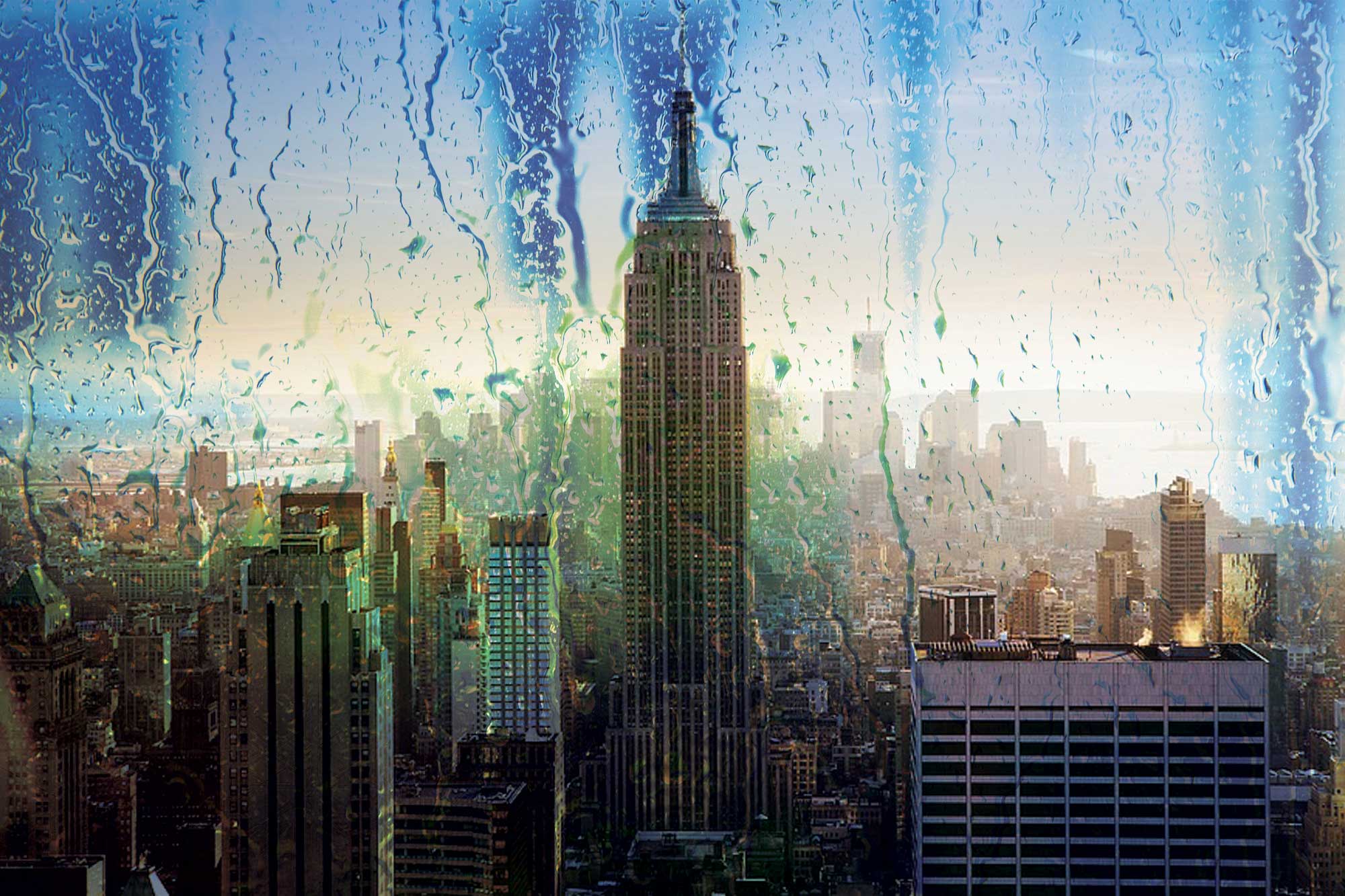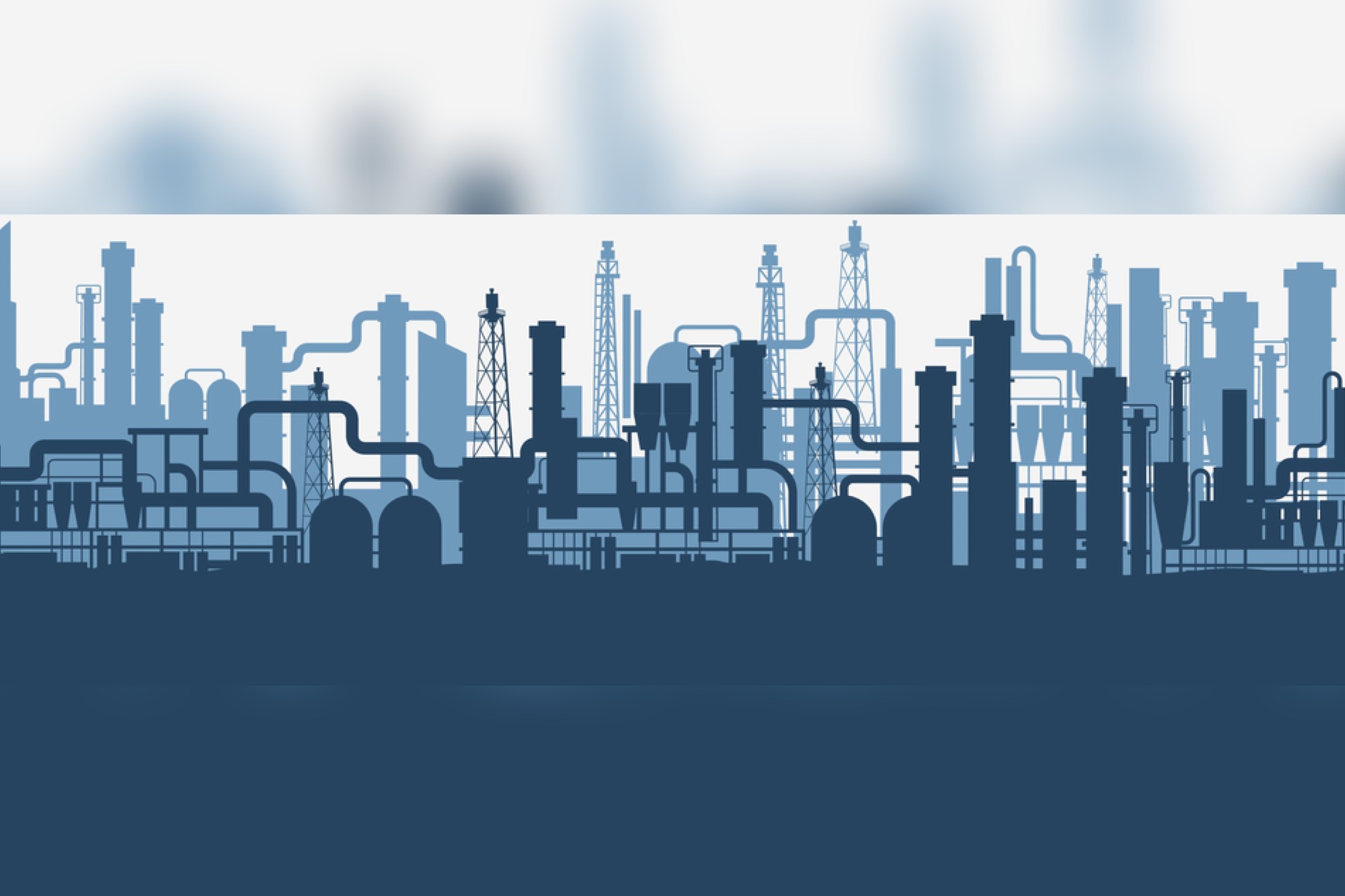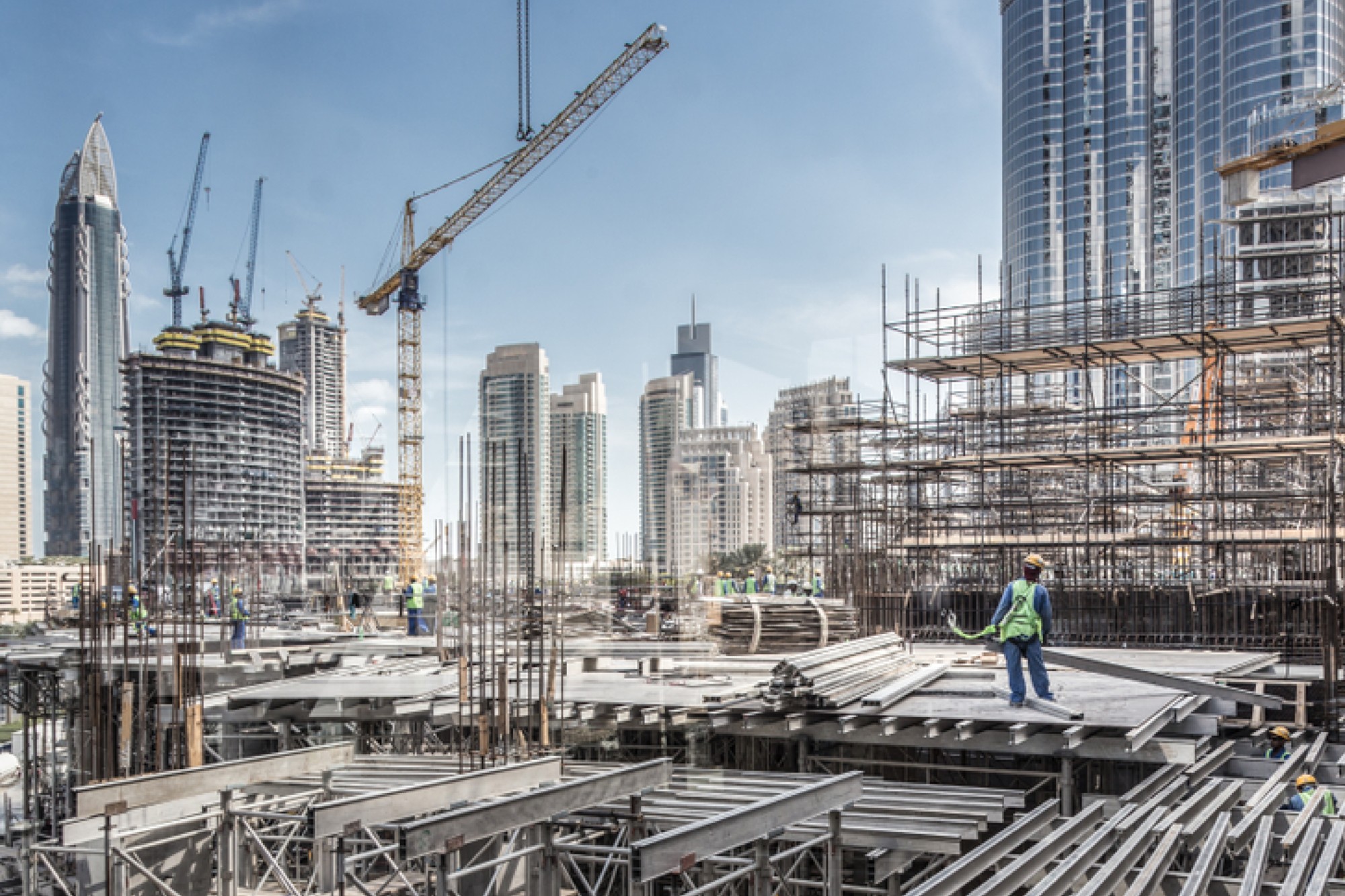9 tips to protect building during monsoon
By Edit Team | July 18, 2016 8:32 am SHARE

Experts from the industry talk about various ways to protect building during rains
Ingress of water in a building is one of the greatest challenges a construction engineer addresses. Water is a powerful force of nature, which will find its way into the building, through the weakest avenue. This water cannot be stopped entirely, but can be suitably diverted to well-designed drainage channels. This will help prevent ingress into the structure. The only way to avoid ingress of water into a structure is to put up multiple barriers to water.
Entry of water into in an occupied building is undesirable. The source of water getting into the building can be external and or internal. External sources are e.g., rain water, leaky roof water tanks, ground water, external drainages etc., while the internal sources are defective plumbing and sanitary systems, internal tanks and sumps, water leakages from defective toilets, bathrooms and HVAC systems etc. Regardless of the source, the ingress of water into the building not only affects the living conditions of the occupants including health of the inhabitants but also the service life the building itself. Hence it becomes imperative to prevent the entry of water into the buildings. This is often termed as ‘damp proofing’ and ‘waterproofing’.
Following are few tips to protect a building during monsoon:
1. Acrylic and PU based elastomeric coatings
Before application of coatings one needs to do surface preparation followed by sealing all visible cracks and small damages by using polymer modified crack filler or mortar. Once the surface is prepared apply primer and followed with 2 to 3 coats of elastomeric coatings. These can be applied by brush, roller or sprayer.
“Coatings have many advantages in comparison to traditional methods. It has good elongation and tensile strength, excellent water resistant, good breathing properties, crack bridging ability and hence coatings are always superior to other sources of waterproofing. After proper application it will stop water ingress through the building roofs and walls and finally building would be made completely waterproof,” explains Vinod Palekar, Assistant Manger – Technical, Chembond Chemicals Ltd.
2. Membrane sheets
At times people prefer membrane sheets. This technique is also popular. Generally these methods are used on roofs. Four common types of membranes are easily available in market. Bitumen based, HDPE based, SBS based and TPO based.
“Membranes are either torch on membrane or self adhesive. It can be easily installed on ready surfaces. Due to its better water resistant properties it helps to stop water ingress through the roofs of building,” informs Palekar.
3. Spray applied polyurea membrane
“Spray applied polyurea membrane is a two-in-one solution that ensures high level of protection and waterproofing for industrial, commercial and residential buildings. It can be sprayed on large industrial surfaces of new or modernised buildings (also can be used for repair and rehabilitation projects), to quickly and efficiently provide a tough, long-lasting waterproofing membrane,” informs Nilotpol Kar, Business Director, Construction Chemicals, BASF South Asia.
The technology is ideal for the most demanding conditions – it combines fast curing, even at very low temperatures, and water insensitivity with exceptional mechanical properties, chemical resistance and durability.
4. Crystalline waterproofing system
“The main material for crystalline waterproofing system is a powder which is composed of ordinary portland cement, natural fine sand and activating chemicals. This powder when mixed with water in the recommended proportion (generally one volume of water to two and half volumes of powder) yields hot slurry,” says a spokesperson from Perma Construction Aids Pvt Ltd.
The slurry is applied on the water saturated concrete surface to be waterproofed. The active chemicals in this slurry penetrate into the water bearing capillaries and react with the free lime available in the concrete to form insoluble crystals. These crystals effectively block the capillaries. Further these chemicals remain active in the body of concrete and restart the crystallisation process as and when a new capillary is formed and water enters it. Some companies are marketing integral waterproofing compounds based on crystallisation process. These are invariably used in deep basements and concreting of water-retaining structures. Integral water proofers are used only as precautionary measures over and above primary and secondary waterproofing systems.
5. Damp proofing
Damp proofing is defined as a material that resists the passage of water with no hydro-static pressure and waterproofing as a treatment that resists the passage of water under pressure.
“Generally damp proofing keeps moisture out of a building where vapour barriers keep interior moisture from getting into walls. Moisture resistance is not necessarily absolute, it is usually defined by a specific test method, limits, and engineering tolerances,” says M N Ramesh, Managing Director, Talrak Construction Chemicals Pvt Ltd.
6. Water ingress mechanisms
The principle mechanisms of water travel through building materials such as brick or block masonry, concrete are absorption, capillary suction and penetration under hydrostatic pressure. “It should be borne in mind that the water ingress mechanisms also depend on various factors such as wet ability of the material, thickness of the section, nature of porosities (size and connectivity), presence of cracks, differential pressure and temperature,” says Ramesh.
Hence any preventive actions to the water ingress into the buildings should be primarily aimed at addressing the water ingress mechanisms and the affecting factors.
7. Drainage
Draining water away from basement walls significantly reduces the pressure the basement wall must resist. This reduces both the potential for cracking and the possibility of water penetration into the basement if there is a failure in the waterproof or damp proof system.
Perforated pipe or drain tiles laid with open joints have proven to be effective at collecting and transporting water away from foundation walls. The invert of drain pipes should be below the top of the floor slab elevation. The backfill drain should be connected to solid piping to carry the water to natural drainage, a storm sewer, or a sump. For adequate drainage, drains should have slope of at least 10 mm in 3 m.
“Drain tile and perforated pipes are typically laid in single sized coarse aggregate to facilitate drainage. At least 5 mm of washed gravel or free-draining backfill containing not more than 10 per cent material finer than 75 micron sieve, should be placed beneath perforated pipes. Drain tiles laid with open joints are more effective when laid on the undisturbed soil where the water begins to accumulate. At least 150 to 300 mm of the same stone should cover the drain and should extend 300 mm or more beyond the edge of the footing. To prevent migration of fine soils into the drains, filter fabrics are often placed over the gravel,” explains Ramesh.
8. Traffic system
Traffic system provides the combined needs of waterproofing, protection and wears resistance for the covered and exposed parking structures. “Traffic system helps to ensure long lasting surfaces with excellent durability and superior abrasion resistance for parking facility owners, and
safe driving conditions for vehicle owners,” says Kar.
9. Physical waterproofing systems
Physical waterproofing systems can be preformed membranes or slurry-applied membranes. Whilst having many advantages, preformed membranes have the inherent limitations such as overlapping joints and the difficulty of application across change in geometry of the structure. Slurry applied membranes help in overcoming these limitations.
“Slurry applied membranes are advantageous on account of their ease of application and mould-ability to form seamless membranes over any structure. Slurry applied membrane should be of breathable type capable to avoid blisters and craters which eventually effect the barrier performance. These membranes have crack bridging properties in addition to covering complex geometric shapes. These systems are compatible with moist surfaces, are environmentally friendly, and free from solvents, all the essentials needed for today’s green buildings. These products are also easy to apply, making it perfectly suitable for applications in difficult, space-limited sites,” points out Sunny Surlaker, Head Admixtures Division, MC – Bauchemie (India) Pvt Ltd.
————————————————————————————————————
Spray applied polyurea membrane is a two-in-one solution that ensures high level of protection and waterproofing for industrial, commercial and residential buildings.
Nilotpol Kar, Business Director, Construction Chemicals, BASF South Asia
———————————————————————————————————–
————————————————————————————————————
Slurry applied membranes are advantageous on account of their ease of application and mould-ability to form seamless membranes over any structure.
Sunny Surlaker,
Head Admixtures Division,
MC – Bauchemie (India) Pvt Ltd
Cookie Consent
We use cookies to personalize your experience. By continuing to visit this website you agree to our Terms & Conditions, Privacy Policy and Cookie Policy.





















































